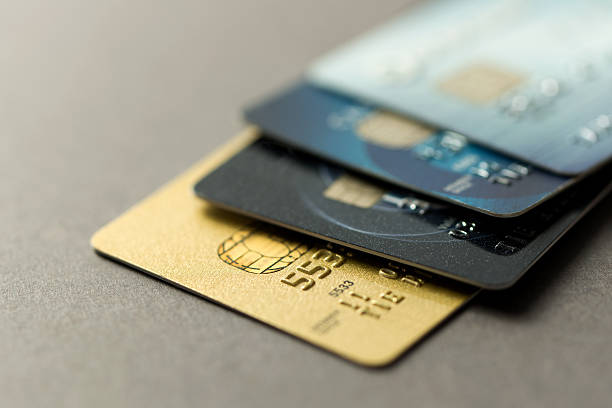Oatmeal is healthy, provides valuable calories and is – at least naturally – gluten-free. You can find out the nutritional values of oatmeal here.
Oatmeal is so healthy: the nutritional values

Oatmeal is not only versatile, it is also one of the healthiest foods. Whether in muesli, as porridge or as a basis for vegetarian patties – with oatmeal you are doing something good for your health.
100 grams of rolled oats contain:
Calories: A little more than 350 calories – a value that makes the figure-conscious in particular sit up and take notice. In fact, these are long-chain carbohydrates that make you long.
Carbohydrates: just under 60 grams
Protein: 13.5 grams – which is why oatmeal is very suitable for a vegan diet and for muscle building.
Fat: seven grams of fat. Compared to other cereals, oats are therefore quite high in fat. However, these are almost exclusively unsaturated fatty acids, which are very healthy for the human body.
Dietary Fiber: Ten grams of dietary fiber and are so very high in dietary fiber. Oatmeal stimulates your digestion and keeps you full for longer.
In addition, the oatmeal provides vitamins and numerous valuable minerals:
Oats are rich in B vitamins, which are important for healthy skin, hair and nails. We also need vitamin B1 and B6 for our nerves.
In addition, with oats you supply your body with essential minerals such as zinc, iron, magnesium, calcium and manganese.
Thanks to the high content of beta-glucan, oatmeal can also help lower cholesterol levels.
Gluten in oatmeal: you need to know that

In itself, the oats are gluten-free and therefore suitable for people with gluten intolerance (celiac disease). However, oatmeal and other oat products can be contaminated with wheat. This is mainly due to the fact that the same machines are used for harvesting.
Important: If you have a gluten intolerance, you should therefore pay attention to the imprint “gluten-free” when buying.
Oats in a gluten-free diet have been discussed for years. According to the Deutsche Zöliakie-Gesellschaft e.V., most people with celiac disease tolerate the (uncontaminated) oats without any symptoms. However, a small proportion has been shown to react negatively to the grain.












